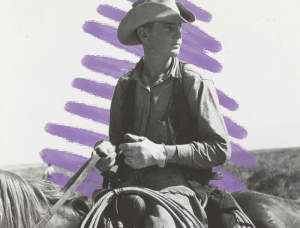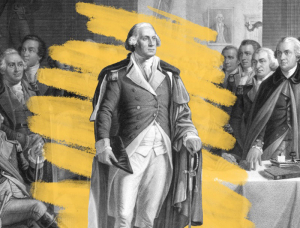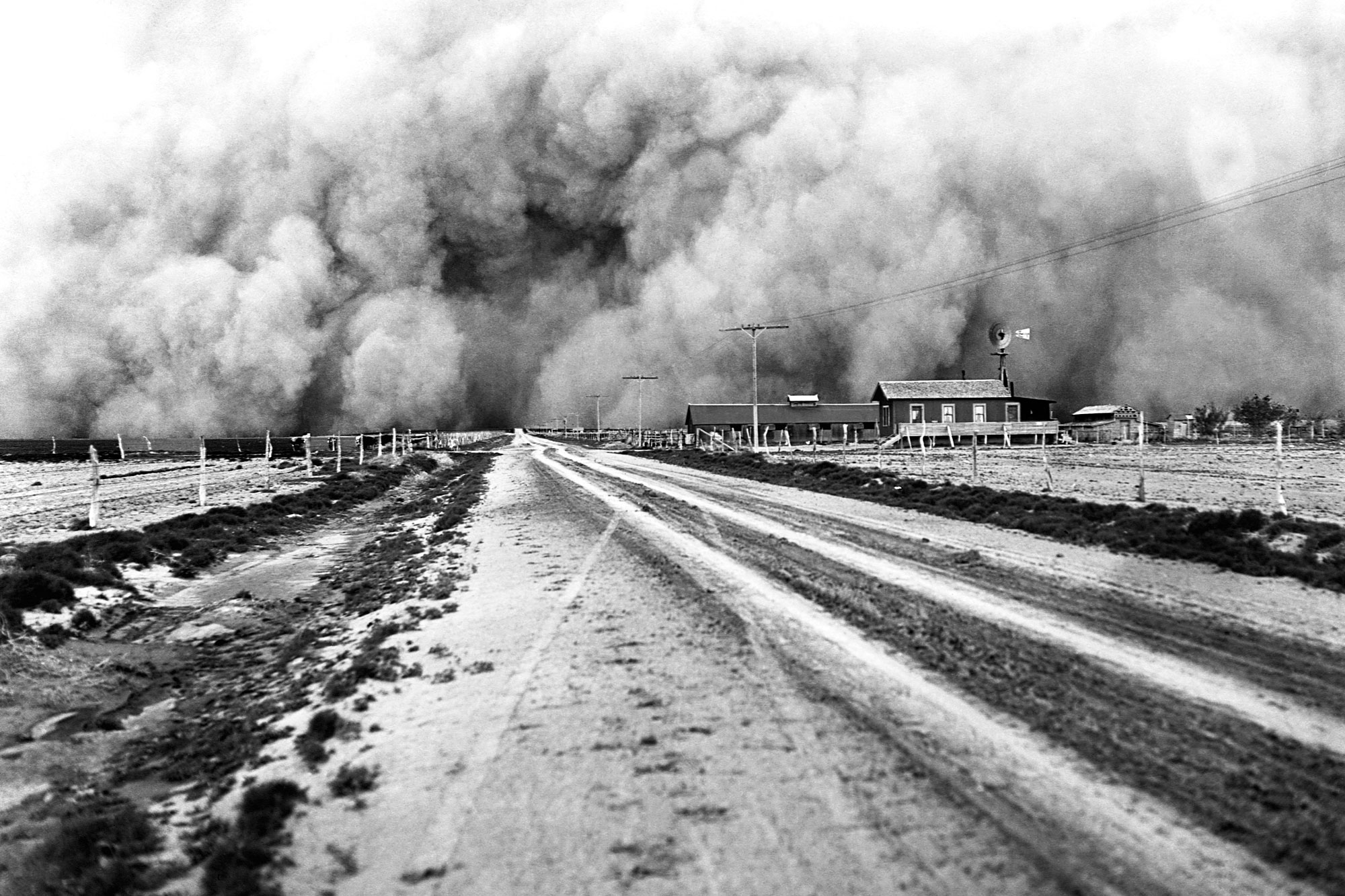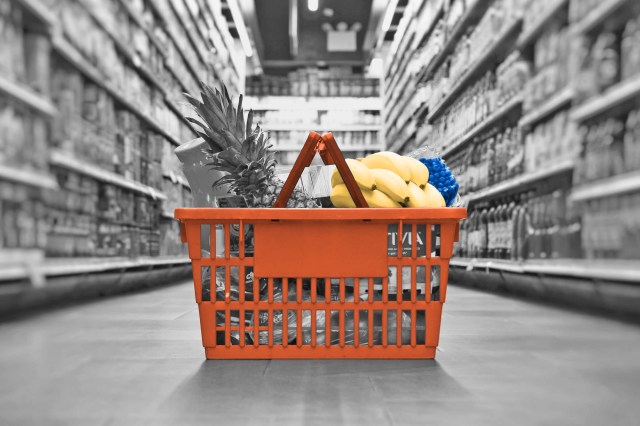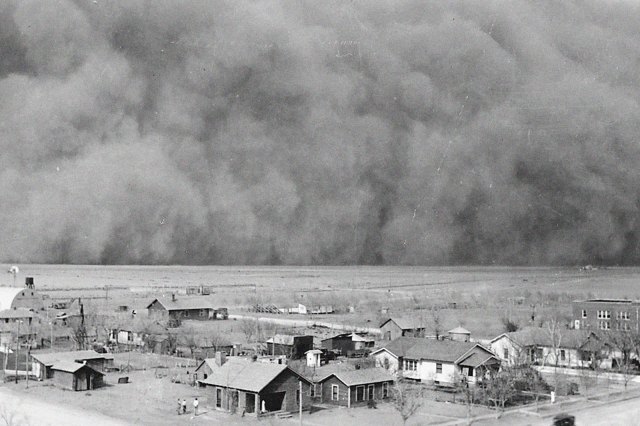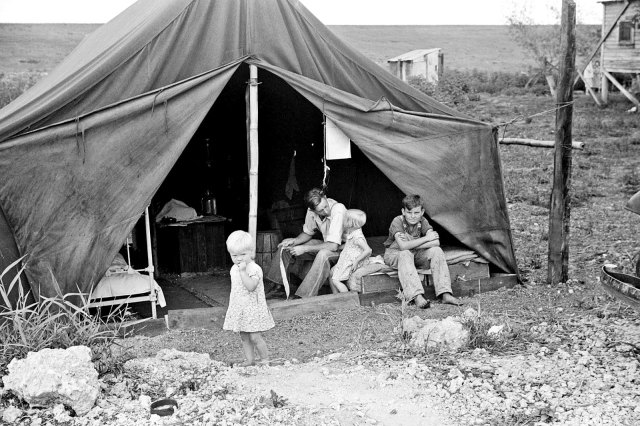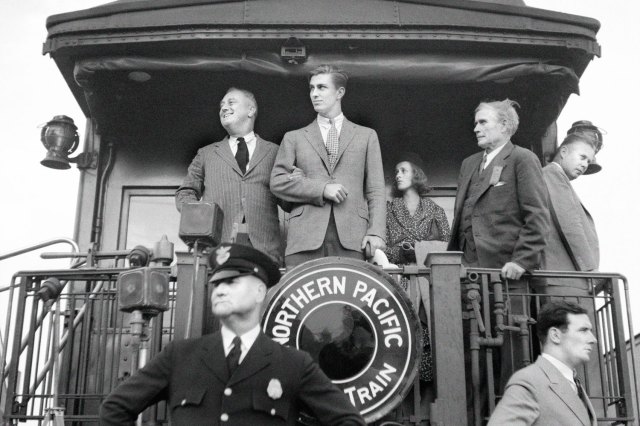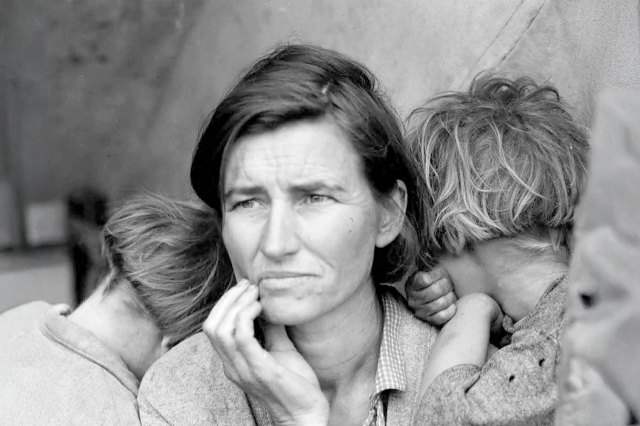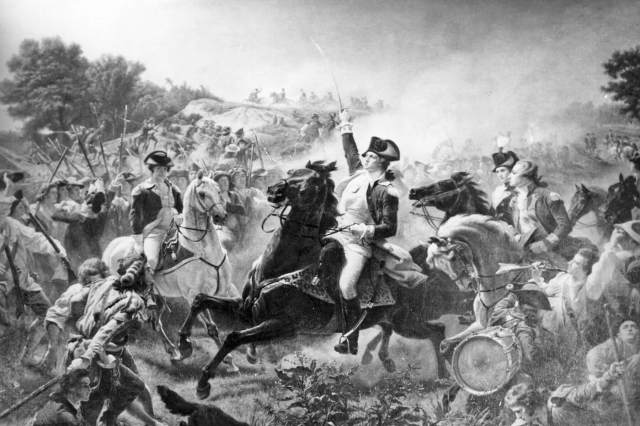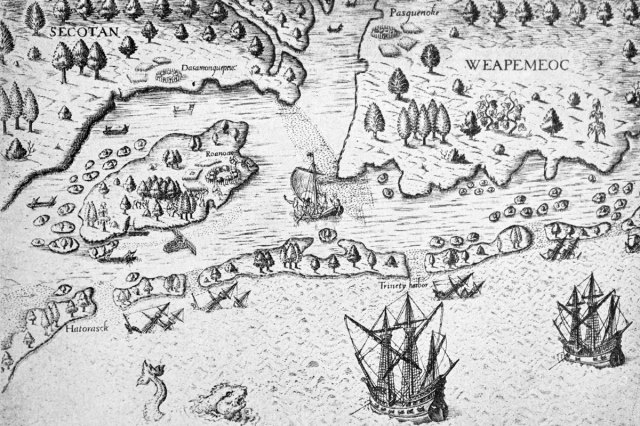5 Eye-Opening Facts About the Dust Bowl
Although the Great Depression was a challenging time for most Americans, a special distinction can be made for those who weathered the unique conditions of the Dust Bowl. Generally encompassing a 300,000-square-mile region of Texas, Oklahoma, Kansas, Nebraska, Colorado, and New Mexico — although its effects were also felt farther north — the Dust Bowl was marked by the relentless accumulation of dry soil that blackened skies and ruined crops.
In the wake of poor farming practices and unusually low levels of rainfall, topsoil from the Great Plains swirled through towns, piled up on fence posts, and seeped through building cracks. People and livestock alike suffered adverse health effects from inhaling the contaminated air, although the status quo apparently suited the swarms of grasshoppers who devoured what remained of crop rows.
While it sounds like something out of a dystopian novel, the Dust Bowl was very much a real experience for millions of people who had to decide between sticking things out in an inhospitable climate or abandoning their homes for an unknown future. Here are five facts about what it was like to live through those years of uncertainty.

The Catastrophe Was Caused by Poor Farming Practices
The Dust Bowl’s roots can be traced back to the late 19th century: Federal efforts such as the Homestead Act of 1862 lured settlers to the Great Plains, and by the early 1900s, much of the prairie’s native grasslands, which helped retain precious water in the soil, had been dug up. The problem intensified with increased demand for wheat during World War I, which led to a focus on this particular yield at the expense of sustainable crop rotation, while improved farming machinery such as the gasoline-powered tractor lured even more “suitcase farmers” to arid areas with the hope of cashing in on crops.
The ramifications of this overfarming became apparent when the region was stricken by a series of droughts beginning in 1930, leaving wide swaths of overturned earth dry and loose, vulnerable to blowing away in high winds. The disaster impoverished the farmers, who struggled to grow suitable crops and attract customers amid the financial depths of the Depression.
